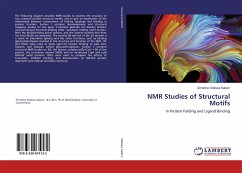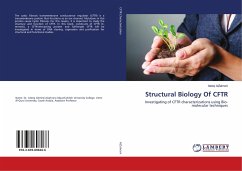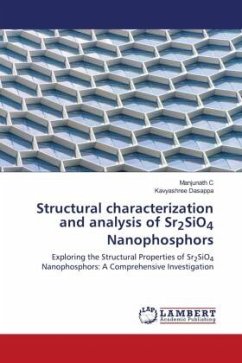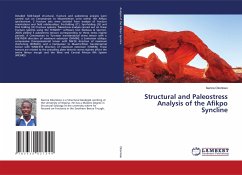The following chapters describe NMR studies to examine the structure of two common protein structural motifs, and to give an explanation of the relationship between conservation of folding topology and binding in protein function. Section I contains thermodynamic and structural mapping studies on the agrin C-terminal globular G3 domain laminin-neurexin-steroid hormone-binding (LNS) "-sandwich folding motif protein. Both the MuSK-binding active isoform, and the inactive isoform that does not bind MuSK are examined. The inactive B0 isoform of the G3 domain is a result of alternative splicing and has other functions, such as binding glycosaminoclycans involved in the structure and function of the NMJ. ITC and HSQC were used to study agrin-G3 domain binding to sialic acid, heparin, and heparan sulfate glycosaminoglycans. Section II contains structural NMR studies on SN, the ternary complex pdTp-Ca2+-SN of the protein, the truncation mutant SNOB, and on denatured CspA and LysN OB-foldmotif proteins. RDCs were used to compare the effects of truncation, inhibitor binding, and denaturation on OB-fold protein alignment and residual secondary structure.
Bitte wählen Sie Ihr Anliegen aus.
Rechnungen
Retourenschein anfordern
Bestellstatus
Storno








